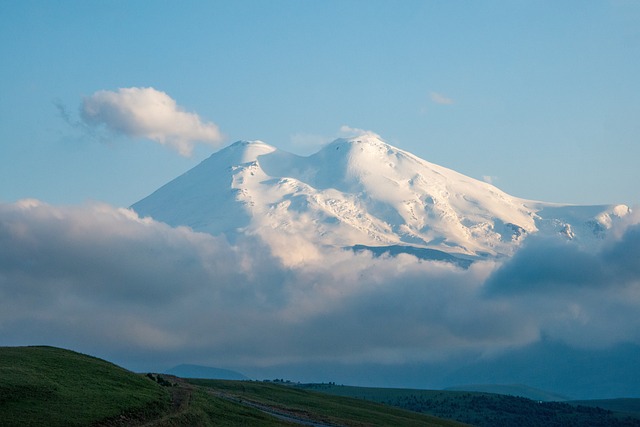You may have heard of the World's Seven Summits, but do you know about the seven volcanic summits?
These are the highest volcanos on each of the earth's seven continents. Some show a level of activity but most of these volcanos have been dormant for centuries.
With the right experience, all 7 volcanic summits are climbable. Some are extremely remote and just reaching the base is a challenge. Others are famous attractions with well established routes to the top.
Over time, there have been a few disagreements about which volcanos should make the list. Where relevant, I've included this information.
Seven Volcanic Summits - From Highest To Lowest
1. Ojos del Salado, South America (6,893 meters/22,615 feet)
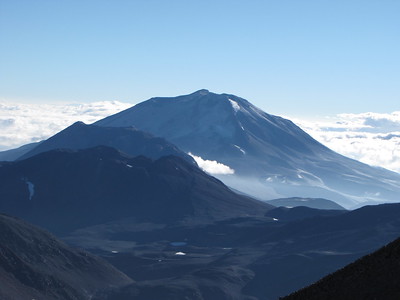
Ojos Del Salado (Picture by Sergejf)
Ojos del Salado is the highest volcano in the world. It is the second-highest peak in South America after Aconcagua in Argentina. Technically Aconcagua does have a volcanic origin but its highest point was formed by geological processes not volcanic ones.
Ojos del Salado is located in the Andes mountain range on the border between Chile and Argentina. Topographical maps of this region are not very accurate with height discrepancies up to 100m. Most recent measurements show Ojos del Salado as the highest volcano in South America.
Ojos del Salado is a stratovolcano and last erupted in 1993. The volcano was first summited in 1937 by Polish climbers, Jan Alfred Szczepański and Justyn Wojsznis. There is a very small salt lake on this volcano, also called Ojos del Salado (Eyes of salt water). This is the highest lake in the world
Ojos del Salado can be climbed from either the Chilean or Argentinian side. From the Argentinian side you have to carry gear to camp. It is generally a 2-day ascent.
Due to its high altitude and remote location, climbing Ojos del Salado requires significant physical and mental preparation. It is not as difficult as summiting Aconcagua but you need to have experience with high-altitude trekking. It’s also beneficial to have experience using crampons and pick-axes in ice.
2. Mount Kilimanjaro, Africa (5,895 meters/19,341 feet)
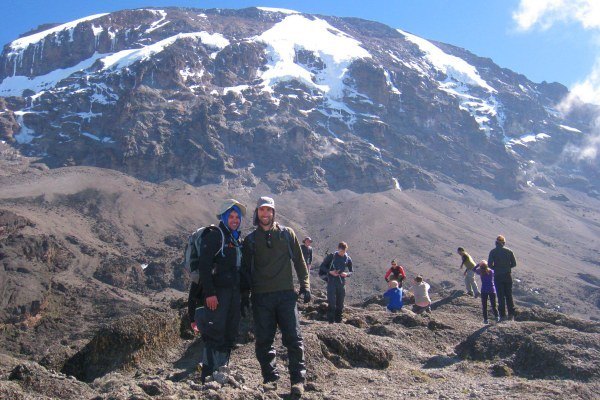
Mount Kilimanjaro is a dormant volcano in Tanzania. It is uncontested as the highest of the African peaks and the world's highest free-standing mountain. This volcano is triple domed. These are named Kibo, Mawenzi, and Shira
The volcano was first summited in 1889 by German Geographer Hans Meyer and Austrian Mountaineer Ludwig Purtcheller. Kilimanjaro is one of the most popular mountains to climb in the world. More than 35,000 people attempt the climb each year but only around 80% actually summit.
Climbing Kilimanjaro involves hiking through different ecological zones including forest, heath, alpine desert, and icy summit. Although the climb does not require any technical skills, it is physically demanding, and climbers must acclimatize to avoid altitude sickness.
3. Mount Elbrus, Europe (5,642 meters/18,510 feet)
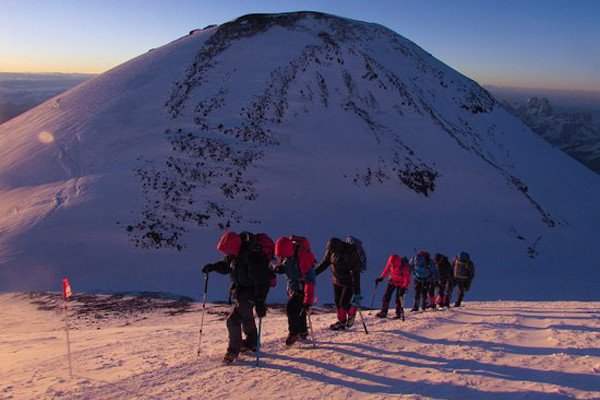
Mount Elbrus is the highest mountain in Europe and is located in the Caucasus range in Russia.
This volcano has twin peaks. The East peak is slightly lower (5,621) and was first reached in 1829 by a local guide, Khillar Khachirov, on a scientific expedition. The west peak (5, 642m) was first summited in 1874 by team lead by Florence Crauford Grove and local guide Akhia Sottaiev.
Most people trek Mount Elbrus from the south side where there are more facilities like ski resorts and mountain huts. The north side is more scenic but requires climbers to carry tents and takes longer. It is a difficult climb that requires crossing ice.
Although most people accept this as the highest peak in Europe, some geologists consider it to be on the Asian side of the border. This would make Mt. Etna, Italy (3,350) the highest volcano in Europe. It would also push Mount Damavand (see below) off this list.
4. Pico de Orizaba, North America (5,636 meters/18,491 feet)
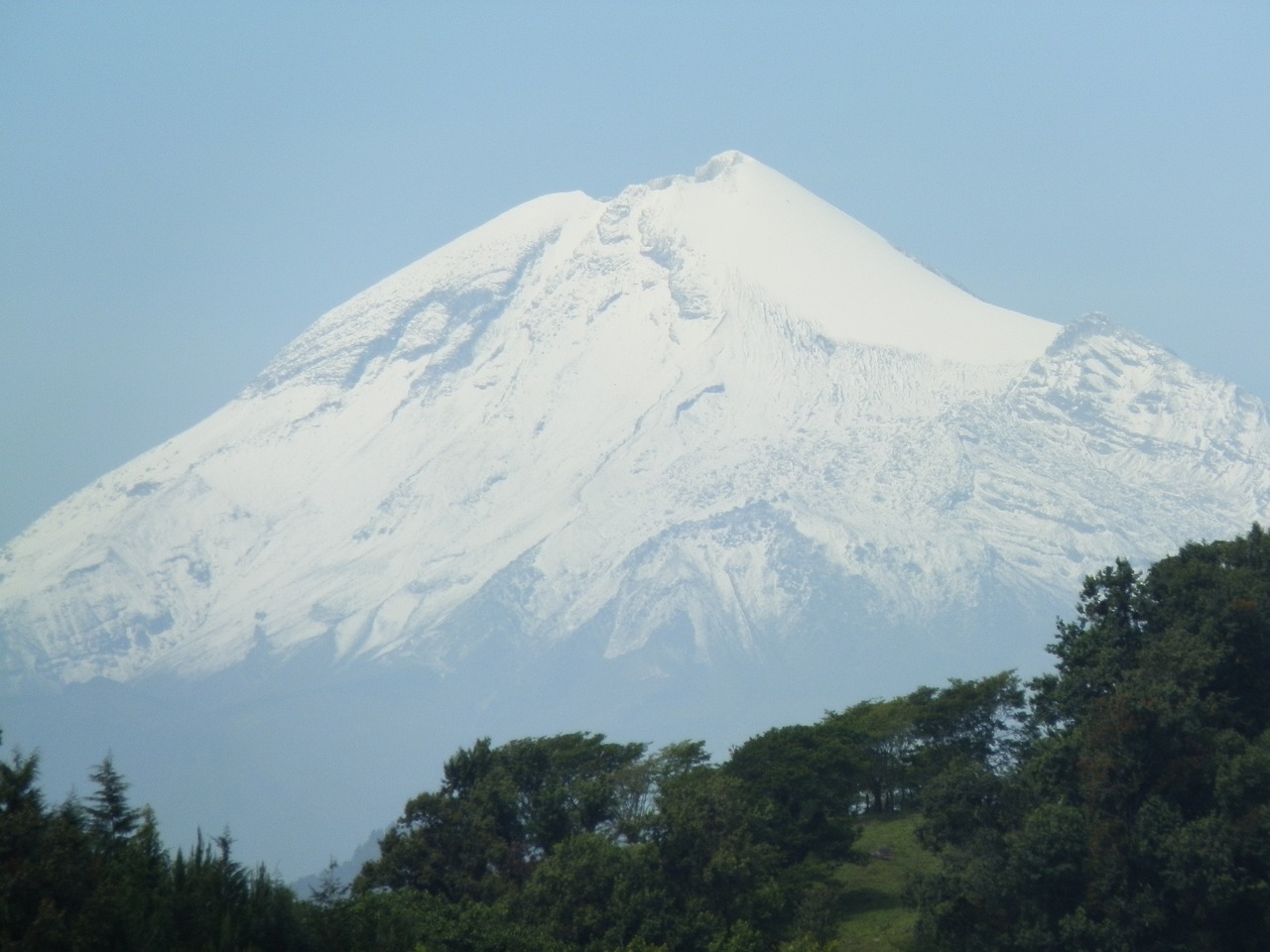
Pico de Orizaba is also known as Citlaltépetl. It is a stratovolcano located in the eastern end of the Trans-Mexican Volcanic Belt.
There is no dispute that this prominent peak is the tallest volcano in North America. It is the overall highest peak in Mexico and the third-highest peak in North America. (After Alaska’s Denali and Canada’s Mt. Logan). It was first summited in 1848 by American soldiers F. Maynard and William, F. Reynolds. Around 2,000 people attempt the climb each year, only half make it to the top.
It's a few hours from Mexico city and is possible to summit in under two days from the base camp at Piedra Grande hut. On weekends, you will probably need to camp as this is one of Mexico’s most popular treks.
There are nine glaciers on the northern slopes, Glacier Norte is the largest in Mexico. Climbers need some skill with using crampons. From the top, you can see all the way to the Gulf of Mexico 110km (68 miles) away.
5. Mount Damavand, Asia (5,609 meters/18,606 feet)
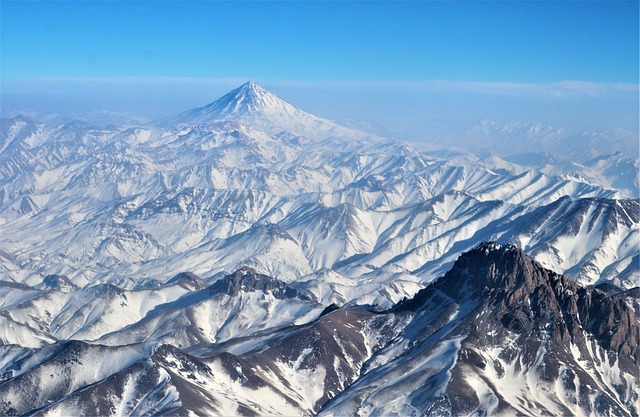
Mount Damavand is the highest peak in Iran and the highest volcano in Asia. This stratovolcano is located in the Alborz mountain range. The name Damavand roughly translates to ‘a magical place covered by cloud’.
Some sources have this summit at 5,671m (18,606 ft). The most recent surveys in 2007 give the official altitude as a few centimeters over 5,609m (18,402 ft). This is likely still inaccurate. This is quiete a bit lower than Asia 8000ers. The continent is home to the 10 tallest mountains in the world.
Scientists predict this volcano last erupted in 5300BC. Fumeroles (vents emitting gases and vapors) on the summit suggest it is still active. Abu Dulaf al-Khazraji, an Iranian poet, is thought to be the first person to reach this summit around 1000 years ago.
This is one of the easiest seven volcanic summits to climb and is popular amongst local hikers. There are huts on the route but they fill up fast over summer (June- September). On a clear day, climbers can see all the way to the Caspian Sea from the peak.
There is some debate as to whether Damavand is actually the highest volcano in Asia. Some people suggest that volcanic vents in the Kunlan Volcanic group should be listed instead. Many of these, are higher than Damavand but not catogorized as volcanos rather as pyroclastic cones.
6. Mount Giluwe, Papua New Guinea (4,368 meters/14,331 feet)
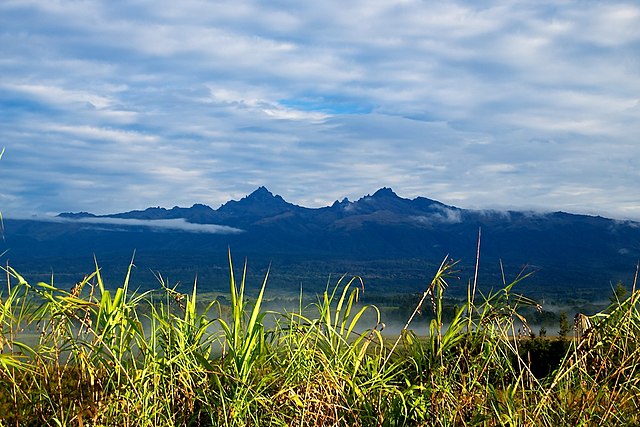
Mount Giluwe is the highest peak in Papua New Guinea. This gently sloped shield volcano is between 650-800 thousand years old. It has dormant for centuries and is the highest volcano in Australia/Oceania.
It is located in the Southern Highlands province and is considered a culturally significant site by the local villagers. Australian, Mick Leahy and his brother were the first to climb it in 1935.
As it is in an isolated location, only a few groups climb Mount Giluwe each year. It requires moderate fitness and takes you through jungle and grasslands. It is possible to hike year-round but you should avoid the peak rainy season (May - Sept). The climb typically is done as a 4-day round trip from Mailka village.
7. Mount Sidley, Antarctica (4,285 meters/14,058 feet)
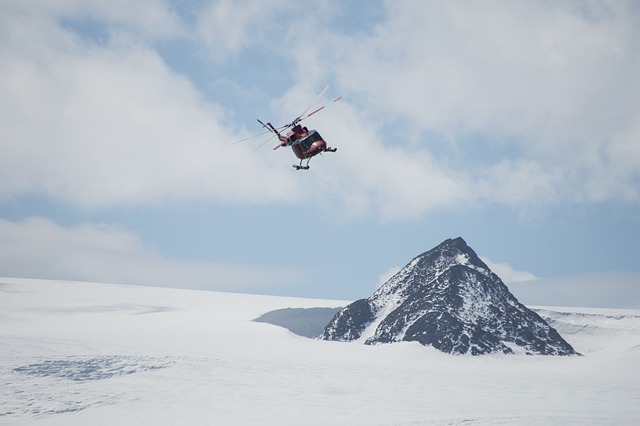
Mount Sidley is the highest volcano in Antarctica and one of the most remote peaks in the world. It is located in the Marie Byrd Land region and is only accessible by plane.
The logistics of reaching this volcano and the technicality of climbing the icy slopes make it extremely tricky to achieve a summit. Unpredictable weather often delays flights, sometimes by weeks.
Bill Atkinson (New Zealand) was the first person to summit Mt. Sidley in 1990 while working with a US Antarctic program. The volcano is relatively unexplored and only 50 people are recorded to have climbed it.
Currently, Antarctic Logistics and Expeditions is the only organization that will organize expeditions. They operate out of Punta Arenas, Chile.
Mount Sidley is the most expensive of the seven volcanic summits to climb. There’s no cheap way to reach the Antartica mountains. Mountaineers will need to budget around $60,000.
Climbing Mount Sidley requires a high level of physical fitness and technical skill, as well as a full set of specialized equipment for the extreme cold and high altitude. The climb typically takes between 3-4 weeks, including travel time

